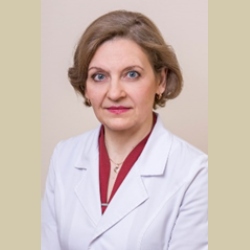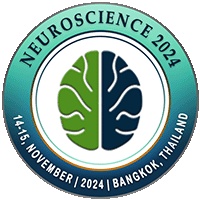
Svetlana Zhukova
S. Fyodorov “Eye microsurgery” Federal State Institution, Russian FederationTitle: Optical coherence tomography in differential diagnosis of optical neuropathies of various genesis
Abstract
Purpose: to reveal differences in the OCT patterns of damage to the RNFL and GCC in optical neuropathies of various genesis.
Materials and methods: During the examination of 58 patients referred to the glaucoma office, the diagnosis of primary open-angle glaucoma was confirmed in 19 people, defects in the retinal nerve fiber layers (RNFL) and ganglion cells complex (GCC) were revealed according to OCT. 12 patients had similar OCT changes, but did not meet the criteria for glaucoma optic neuropathy (GON). In a detailed analysis of complaints, taking into account the systemic and neurological status, 5 patients in this group were diagnosed with chronic non-arterial ischemic optic neuropathy. In 7 patients, optical neuropathy was associated with retrobulbar optic neuritis in multiple sclerosis. Since there were no significant differences in the RNFL thickness and GCC between patients with GON and neuropathies of non-glaucoma origin, a comparative analysis of changes in retinal structures was carried out taking into account the topography of the identified defects.
Results: 3 different patterns of damage to axons of GCC in various neuroptocopathies were revealed: glaucoma, ischemic and degenerative.
The different damage patterns of RNFL and GCC are due to the pathogenesis of primary neuron damage. These differences can be used as differential diagnostic criteria for glaucoma and glaucoma optic neuropathy in routine clinical practice.
Conclusion: The characteristic pattern of damage to the RNFL and GCC in optical neuropathies makes it easier to understand the various pathological mechanisms of damage and differentiate early glaucoma changes from other optical neuropathies. The high repeatability and reproducibility of objective retinal biomarkers and the simplicity of visualization explain the attractiveness and prospects of using OCT in neurological practice.
Biography
Svetlana Zhukova is a head of the diagnostic department, ophthalmologist of the highest category, Candidate of Medical Sciences, has more than 200 publications, is actively engaged in diagnostic and advisory work.

